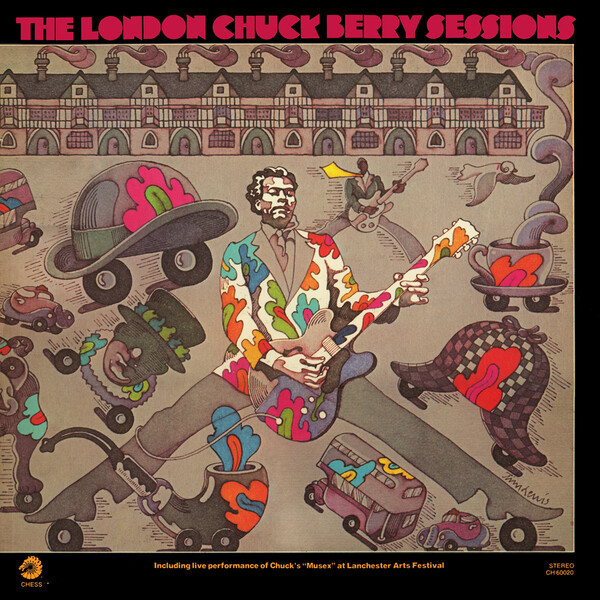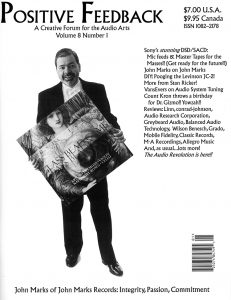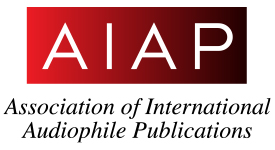If you know the name Lyle Ritz (1930 - 2017) at all, it's because you saw him credited as the bass player on a pop or rock album. Ritz was a prominent bass player in Los Angeles during the 60s, and he was part of the studio musicians collectively known as the Wrecking Crew. His electric bass can be heard on The Beach Boys, The Tijuana Brass, and The Monkees, and that's just a small portion of his resume. A small sampling of his musical associates includes Glen Campbell, Hal Blaine, and Leon Russel.
Much has been said about the Wrecking Crew, and by now most lovers of 60s rock know who they were, and what instruments they played. Ritz, like so many studio cats, came from a different musical background than what he was paid to play, and in Ritz's case it was jazz and Hawaiian music. His mentor in jazz was guitar legend Barney Kessell. However, unlike Kessel, Ritz's "guitar" wasn't a guitar at all; it was a ukulele, and he played it in the same manner as a jazz guitarist, most notably like Kessel. We know jazz guitarists, and we know a few jazz organists, but do we know of any other jazz uke-ists? I can't think of another.
Most jazz, rock, and country albums contain lame cuts, and the album reviewed here is an album relatively free of lame cuts, and side one is an absolute masterpiece. Also, this album is so damn happy sounding that some people, like those who live on a strict diet of gravel-spitting east coast bop, might not want to admit that they like it, but my feeling is even they would like it.
Thanks to Ritz's connection with Barney Kessel, a contract with Verve resulted in the first two jazz ukulele albums ever released, and the second release, 1959's 50th State Jazz, is the subject of this review. As I stated above, this album exudes happiness, a quality I find sadly missing in a lot of stereo era jazz. And, if your idea of fifties era Hawaiian music conjures up images of pseudo ethnic fluff, much of which is very enjoyable and very well recorded, you need not worry, as you won't find any of that silly stuff here. This is a jazz album from beginning to end.
The album kicks off the happiness groove from the very start. "Leis Of Jazz" opens with Kessel—flavored power chords from Ritz. Ritz's opening is quickly followed by a four man chorus of winds, and the prominently heard member of the wind section is flutist Paul Horn. Horn is a big part of what makes this cut work. The second cut, "Rose Room," is nothing short of irresistible, and the third cut, "Polkadots And Moonbeams," is side one's only so-called ballad, and it serves as an enjoyable resting spot before we hit the dance floor with cut four, "Blue Hawaii." The album returns to high energy on cut five, a Ritz original, and another very danceable tune, "Clean From Porterville." This cut also features a killer vibes solo from Gene Estes. Estes is a big part of the closing cut, "The Song Is You," and what a jam this cut is. Between Estes' vibes, Joe Mondragon's bass, and Lyle Ritz's high energy picking, this cut sounds like the band came back from a coffee break, as the caffeine is audibly running through their veins. If you want a lesson in what it means to jam, check out side two/cut three, "Blue Lou." The wind players are absent, so Ritz, Estes, and drummer Jerry Williams have a chance to stretch out, and stretching out is just what Gene Estes does. The vibes playing on this album rivals the best work from Victor Feldman and Terry Gibbs. Ready for more high energy? I'm glad you are, because that's what you're getting on cut five, "On The Beach At Waikiki." Ritz must have downed another cup of joe, because his fingers are flying, and so are Estes' mallets. I could go on and on, and on, but I think you get my point. This is a great record!
Music isn't the only thing this album has going for it. It also has beautiful sound. I could have called the sound fabulous, or amazing, but the word "beautiful" applies. It's so round and yummy. If you normally listen to top-down, "low noise," and digitally reverberated recordings, like what's heard in most high end demo rooms, this brand of organic sound may be new to you. On the other hand, if you know the joy of those warm-leaning, effortless-sounding, jazz and pop albums from the mid 50s, then you know what I'm talking about. Let me tell you that it's among the very best of the warm and "tubey" category. The bass is round, like a vintage but good all-tube audio system. Purists call this a coloration—purists don't play mono jazz records—but we do. Yes, this album's sound lives within a plush pocket, but the instruments jump out of this velvety rich background with all of their colors intact. And, I only have a mono copy! It exists as a stereo Verve LP, and on a pricey discontinued Japanese CD. Many mono LPs sound like the summed-stereo result that they are, and, yet, this album shows no indication that it could sound any better in stereo. I'm not saying that the stereo LP, once I find a copy, won't rock my world, but this is one of those mono-pressings-of-an-album-that-came-in-stereo that doesn't leave me longing for the stereo version.
In a nutshell: This album offers complete satisfaction, both musically and sonically, and it's so freaking nice.














































